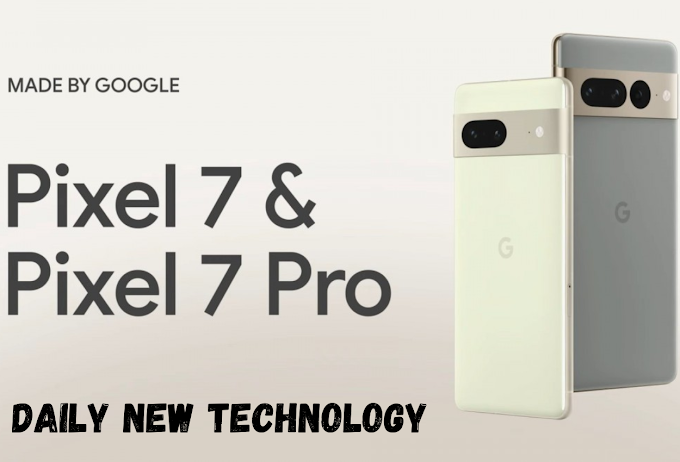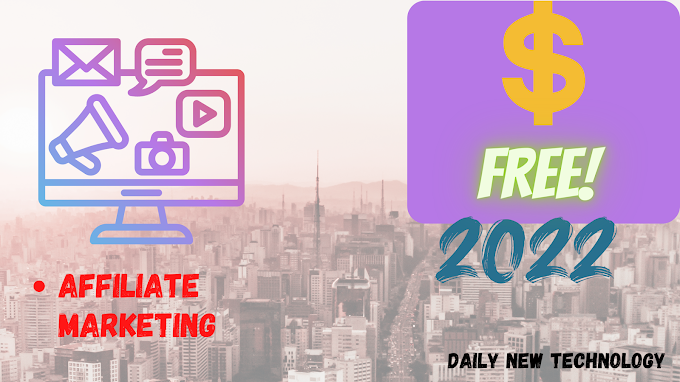Intro:
The Pros and Cons of Different Social Media Platforms. You’ve probably noticed that almost all businesses have a social media presence. In fact, many companies now have several different social media accounts that are tailored to their target audience and the specific platform they use. There is no universal best answer regarding which platform you should choose in order to grow your business. However, there are some pros and cons of each of the most popular social media networks that you should take into account. This article will explore the pros and cons of some of the most popular social media platforms such as Facebook, LinkedIn, Instagram, Twitter and YouTube. If you’re considering expanding your brand through one or more of these sites, this information can help you make an informed decision about which one(s) would be best for you and your business.

Facebook:
Facebook is the most popular social media site in the world, and it’s no surprise that it’s a top choice for businesses looking to expand their brand. As the largest and most flexible social media platform, Facebook offers myriad advantages for companies of all types and sizes. Facebook is user-friendly and accessible to all demographics, including people who are older than the average social media user. Most businesses will find it easy to create a professional presence on Facebook. You’ll have access to helpful analytics that tell you about your audience’s demographics and preferences. You can easily create a targeted ad campaign that can help you reach potential customers with marketing messages that are most likely to resonate with them. And best of all, you can use Facebook to promote your business in almost any way you can imagine. You can use groups to host discussions and answer questions, share your content to Pages, create an event around your brand, and even use live videos to broadcast your business. Facebook also offers a great customer support option. Facebook Live allows you to broadcast live videos that your audience can participate in and comment on in real time. This can be a great way to interact with your customers and get their feedback about your brand.

LinkedIn:
There are the greater part a billion utilizing LinkedIn. This makes it a great place to target your business to high-level professionals, as well as other members of your industry. In fact, many people use LinkedIn as a job-hunting tool. Because of this, LinkedIn is an ideal place to grow your brand (and your business) if you’re in a field that requires a lot of networking. You can create an appealing and informative business page on LinkedIn that will help you to connect with your target audience and attract new customers. You can also use your page to highlight your expertise and showcase some of your best content. You can also use LinkedIn to network with potential clients and/or colleagues. LinkedIn Groups are another great way to interact with your target audience. You can find groups that are relevant to your industry, and then get involved in the discussions and share your knowledge to expand your brand. It is also a very great place to find jobs acoordingy to niche of people. You can use the platform to search for candidates and post jobs that are likely to appeal to top candidates who are already using LinkedIn for their career search.

Instagram:
Instagram is primarily a photo-sharing app. It’s popular with people of all demographics, especially those in younger age groups. You can use Instagram to show off your brand, build a following, and share your products and other relevant content with your target audience. You can also create sponsored posts on Instagram that allow you to reach a wider audience, and potentially generate revenue. You can use Instagram Stories to share quick updates and exclusive content with your followers in a more casual and spontaneous way than is possible with other social media platforms. To grow your brand on Instagram and reach the widest possible audience, you can invite influencers to promote your products by posting photos featuring your brand. This can help you to increase your reach and expand your brand.

Twitter:
Twitter is an ideal social media platform for sharing quick and to-the-point messages that engage your followers. This is beneficial for both businesses and individuals as Twitter is a very quick way to share information and engage with your audience. The posts on Twitter are called “tweets,” and they are limited to 280 characters, which means you have less room to work with than some of the other social media platforms. However, this constraint encourages short and snappy posts that are easy to digest and act as a great source of information for your followers. You can also create a Twitter list to help you organize the people you follow into different categories. This makes it easy for you to quickly find the people you’re most interested in following and keeping up with. Twitter is also a great place to get involved in discussions with other people and brands and share your ideas with a wider audience.

YouTube:
YouTube is one of the most popular social media sites in the world, with more than 2 billion users. This makes it an excellent place to build your brand and connect with your target audience. You can post original content, as well as re-post content from your website or other social media accounts. You can also use YouTube to host discussions and Q&A videos, and to answer common questions that are relevant to your industry. This helps you to become more visible to your target audience and helps to build your brand. You can also use the YouTube platform to highlight your expertise by creating videos that teach valuable lessons and provide helpful information to your target audience. This can be particularly useful in industries like education, where YouTube is one of the top go-to places to learn new things.

Snapchat:
Snapchat is a relatively new social media platform that has only been around since 2011. This app is best known for its impermanence – all posts disappear after 24 hours. This is an excellent platform for brands that are looking for a more casual approach. You can use Snapchat to share your content and engage with your target audience in a more informal way. You can also use Snapchat to reach a younger audience by creating an account for your brand that is hosted by one of your employees or representative. You can also host live events on Snapchat to give your followers a more personal look into your brand.

Conclusion:
As you can see, each of these social media platforms offers some advantages over the others. The best way to decide which one is right for you is to consider your target audience and which platform they use most often. However, it’s also important to remember that reaching the widest possible audience doesn’t mean you should choose the most popular platform. It’s better to be where your target customers are than where your competition is. By carefully considering each social media platform and the way it can best help you to reach your audience, you can make the most of each of these powerful tools.

.png)



